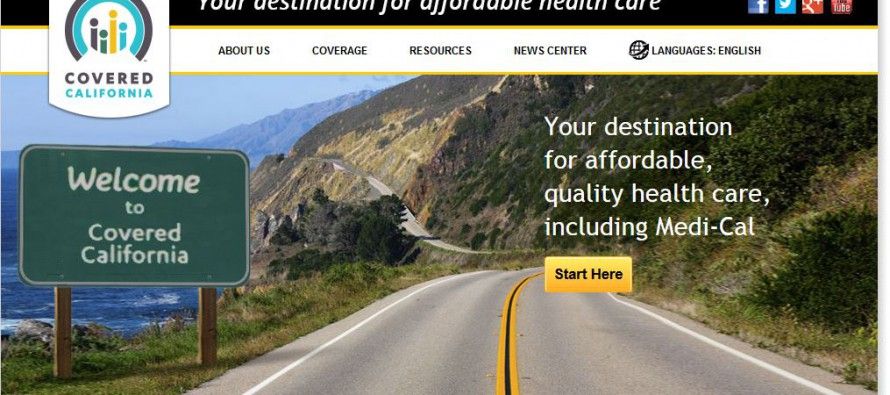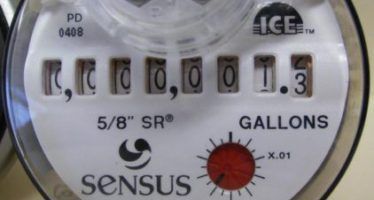100,000 lacking ID could lose Covered CA coverage

 Covered California could lose up to 100,000 enrollees who haven’t proven their eligibility under the state’s version of the Affordable Care Act, or Obamacare.
Covered California could lose up to 100,000 enrollees who haven’t proven their eligibility under the state’s version of the Affordable Care Act, or Obamacare.
According to the ACA, unlawful U.S. residents aren’t permitted to receive coverage. Yet, although California is home to many immigrants who crossed the border illegally, Covered California officials vow that most of those whose coverage is at risk are actually legal residents.
Peter Lee, Covered California’s executive director, told the Los Angeles Times that 600,000 documents from applications for coverage have been processed in an effort to verify citizenship or legal residency. After a round of early September mailings notifying those whose coverage is on the line, the state of California will be required by law to eliminate that coverage in October or later.
The challenge comes at an importune moment for Lee, whose success in getting Covered California up and running recently landed him a $53,000 bonus atop his base salary of over $260,000 a year. Lee’s ability to avoid the embarrassing failures of other state exchanges, such as Oregon’s, stemmed from his time at ground zero in the federal health care establishment.
According to his biography at the National Academy for State Health Policy, Lee served as Deputy Director for the Center for Medicare and Medicaid Innovation at the Centers for Medicare and Medicaid Services in Washington, D.C. He also took on the role of Director of Delivery System Reform for the Office of Health Reform for the Health and Human Services, an Obama administration position where Lee coordinated his efforts with HHS Secretary Kathleen Sebelius.
Broader problems
Under Lee, Covered California rushed applicants into the exchange system to help prevent a so-called “death spiral” during the critical Obamacare enrollment period. The systemic problems with online Obamacare registration and signups raised fears that a “death spiral” scenario would unfold, in which enrollment hurdles and public skepticism would create small “risk pools” composed disproportionately of costly to insure older and infirm applicants.
Obamacare supporters were relieved when that didn’t happen fast enough to sink the ACA. Critics, however, objected to an enrollment process that signed up applicants regardless of whether or not they might turn out to be ineligible for coverage. In effect, that strategy helped create risk pools that would artificially stave off a death spiral, with the intention of retroactively filtering out enrollees whose applications weren’t viable to begin with.
A substantial percentage of applicants fell into that category at the time of Obamacare enrollment. In May this year, out of 8 million people enrolled in individual policies through the ACA, fully 1 million lacked proof of citizenship or legal residency, according to the Centers for Medicare and Medicaid Services. That agency, known as CMS, also revealed in mid-August that over half of that number were now able to document their eligibility.
Incomes
But, as Bloomberg reported, an additional class of ineligible enrollees had emerged: 1 million people had failed to verify their incomes, which is essential because Obamacare eligibility for coverage subsidies depends on income. According to Bloomberg, “CMS didn’t say how many of those cases have been cleared up, and no deadline has been set to cancel their coverage. They ‘will hear from the marketplace at a later date,’ the agency said in the statement.”
All told, federal officials determined in June that some 2 million instances of “data discrepancies” exist in applications for Obamacare coverage.
Alone, Covered California accounted for 1.2 million enrollments during the ACA signup period, using a federal “data hub” to verify citizenship or immigration documentation. That quick-fix approach pushed through hundreds of thousands of incomplete or inconsistent applications — getting Obamacare implementation off the ground first, and asking questions only later. In 2013, the Obama administration abandoned plans to require insurance exchanges to verify eligibility, allowing enrollees to “self-report” until a planned increase in verification requirements for 2015.
Related Articles
Sen. Gaines is suing Covered California
Obamacare’s most vocal critic in the California Legislature has announced that he will be filing a lawsuit Wednesday against Covered California.
CA Senate pushes $400M Hollywood tax credits
A California Senate committee wants to quadruple the entertainment industry subsidies keeping production in Hollywood. With a unanimous vote, the appropriations
Officials: Get used to paying more for less water
Californians may need to get used to paying more for water, despite and because of their successful efforts at conservation,




